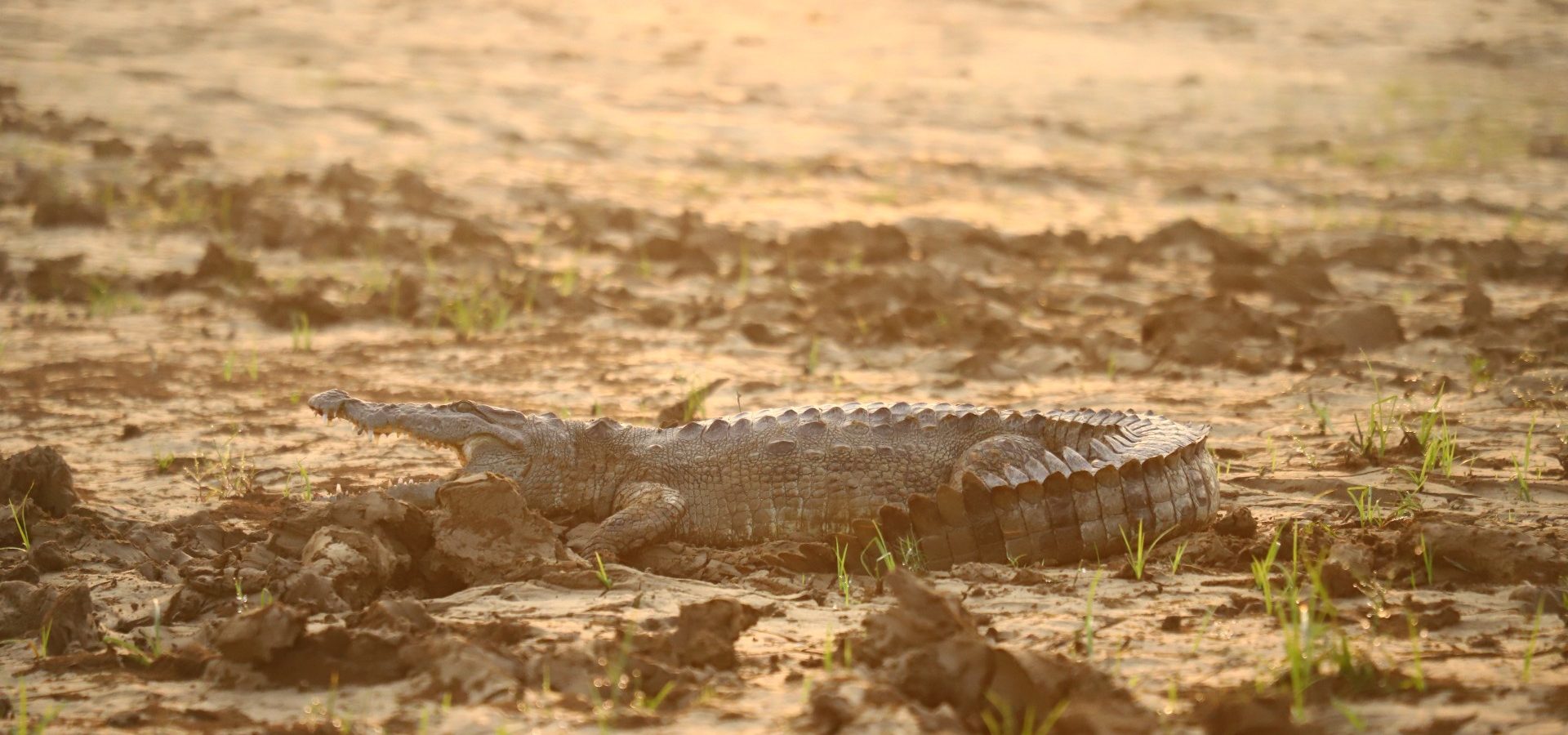“Crocodiles might be interpreted as something of an anachronism.”- Nature
Wait, if you thought Nature herself said that, you were quite close. Only, this Nature is one of the leading scientific journals in the world on life sciences and evolution. Evolution is a prerequisite for living organisms, which ultimately makes them capable of overcoming insurmountable odds in the race of life.
However, there are some odd ones out who hardly change over a long time. Roughly 247 million years long. During this unfathomably long period, crocodiles have had multiple forms of habitats — terrestrial, marine and amphibious — each responsible for changing their lifestyles too. However, we cannot say that they did not evolve at all. Of course, it is not possible to trace the entire 247 million years’ worth of evolutionary history in one go, but we are going to look at certain key moments of their journey.
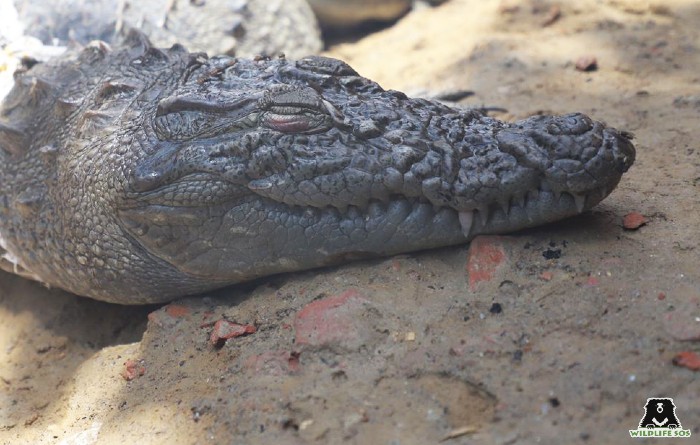
One of the first factors to consider is the species diversity of crocodiles. It is interesting to note that while other contemporaries of crocodiles such as dinosaurs and birds evolved to have more than 10,000 species, modern day crocodiles only include 24 existing species. That is a remarkably low number in terms of species diversity. However, fossil records reveal that early crocodilian diversity was rich, with hundreds of species occupying a wide geographical distribution.
Today’s alligators and crocodiles are members of a broader, older group of reptiles known as the Pseudosuchia. This is the ‘crocodilian line’ which split from the ‘bird line’, including dinosaurs, birds and pterosaurs – an extinct group of flying reptiles and the earliest vertebrates to have evolved powered flight. There’s a fancy term to describe why their lineage has many gaps in the fossil record. It is known as bradytely, which means a decline in rates of evolution. Scientists believe this is one explanation for why the species diversity of crocodilians has declined considerably.
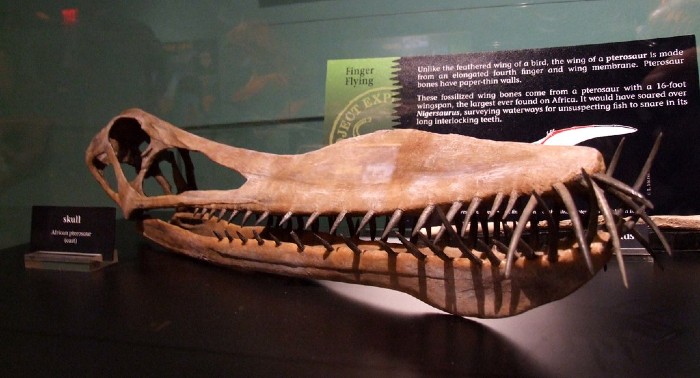
If we had to track the ancestry of crocodiles, these reptiles belonged to the same group as dinosaurs, birds and pterosaurs known as archosaurs. Crocodilians and birds are the only extant (currently living) members of the group archosaurs. Thus crocodilians (alligators, caimans, crocodiles, and gharials) are the closest living relatives of birds. We never could have guessed that in our wildest dreams unless researchers from the National Centre of Biotechnology Information (NCBI) found this valuable information!
According to the NCBI report, crocodilians diverged from birds more than 240 million years ago (mya). But fossil records show that animals having nearly similar morphological features to the extant crocodilian families – namely Alligatoridae, Crocodylidae and Gavialidae – first make their appearance somewhere between 80 and 90 mya. Other vertebrates such as mammals, snakes and birds underwent drastic changes in terms of diversity, but currently existing crocodilians have displayed similar morphological and ecological features and characteristics.
Crocodiles display fierce behaviour and are apex predators in an ecosystem. One of the reasons they survived for so long is due to their aggressive and no-nonsense approach. But there is one particular weapon in their arsenal which makes them the fearsome reptiles they are today: their bite force. A crocodile’s bite force is one of the strongest in the world. But to identify how strong, we have to acknowledge the scientific information which helped decipher such a marvellous predatory tool that developed over 85 million years.
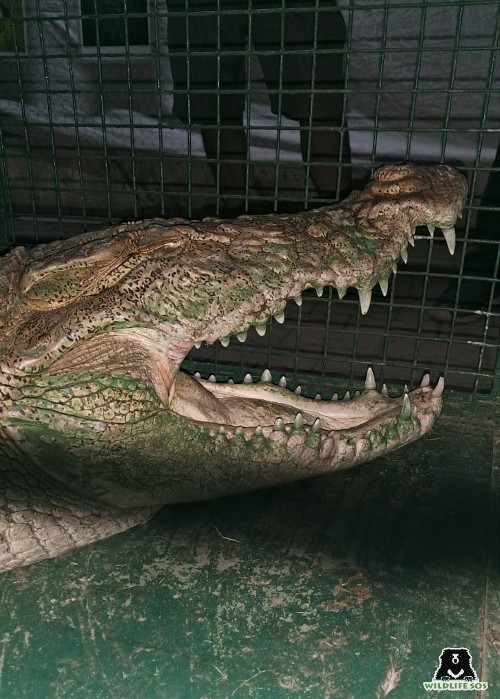
Similar to their ancestors, living crocodilian species have different jaw proportions, dental forms and body sizes. NCBI conducted a research study and measured adult bite forces and tooth pressures in all extant crocodilian species. It was found that these reptiles generate the highest bite forces and tooth pressures known in the animal kingdom. It was also discovered that bite forces are closely related to body size, and the changes in size played a major role in the evolution of their feeding.
Two of the largest crocodile species found in India are the Saltwater crocodile and the Mugger crocodile. The Saltwater crocodile is the largest living reptile on the planet. Remember when we told you how bite forces are closely related to body size? Well, this crocodile has the strongest bite force among all the species. No surprises there!
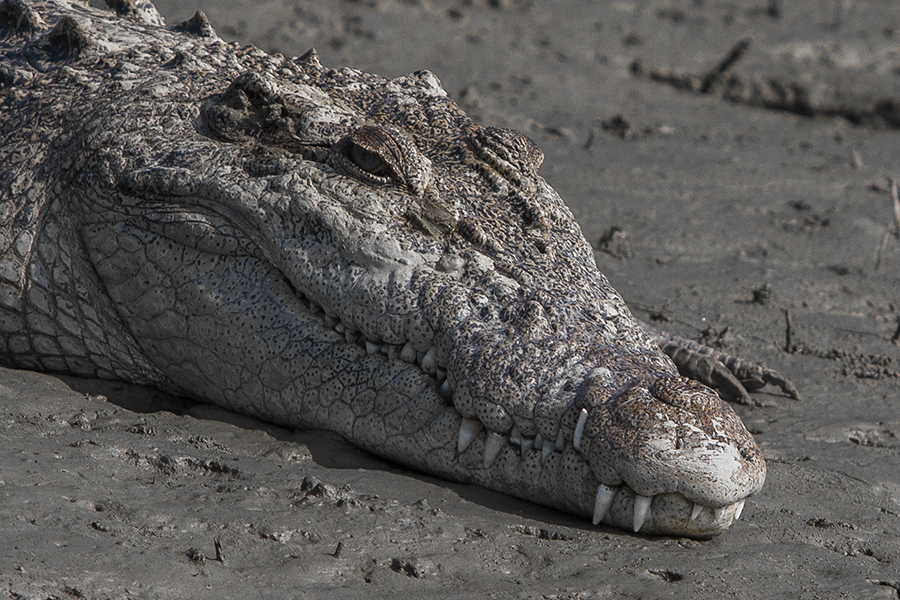
The Mugger, on the other hand, has the broadest snout of them all. Muggers use the element of surprise and have evolved to use well-crafted strategies to hunt efficiently. They have the ability to remain motionless till the exact time comes for striking. Their tough keratin scales are known to be sensitive to even the slightest motion in the water and this helps them detect prey easily. This repertoire of skill sets is certainly a product of evolution. But in the Indian state of Gujarat, especially in the city of Vadodara, they are gradually evolving due to the changing environment as well.
The Vishwamitri river flowing through the city of Vadodara is home to nearly 300 crocodiles, and in the monsoon season when the river floods, crocodiles are spotted in sewers, agricultural fields, near ponds and even in the middle of the road. Wildlife SOS has rescued many crocodiles from unusual locations such as slums, under cars, housing complexes, industrial areas and artificial water tanks. When the deluge subsides, the crocodiles are strayed from their original home and enter human habitats for no fault of their own.
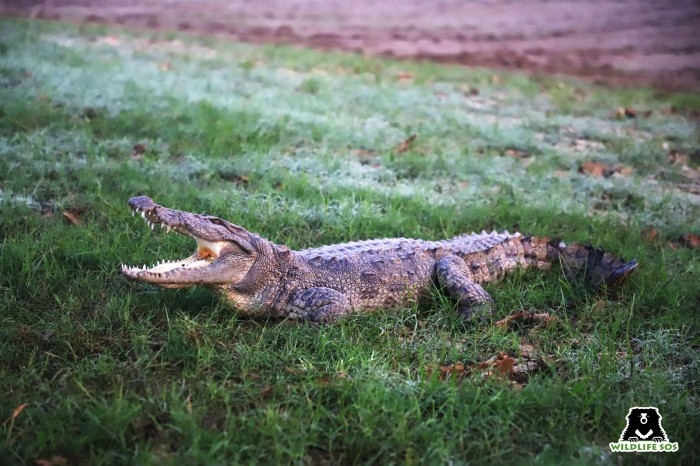
After so many years of evolution, human beings have eventually encroached on and altered the original habitat of the crocodiles in Vadodara. However, being aware of their presence and engaging in avoidance behaviour is the best way possible to respect these prehistoric denizens. Only then can we claim to have successfully contributed to crocodile conservation. After all, these crocodiles came here way before we did.
For more such interesting articles on wildlife, conservation and life sciences, subscribe to the Wildlife SOS newsletter.

